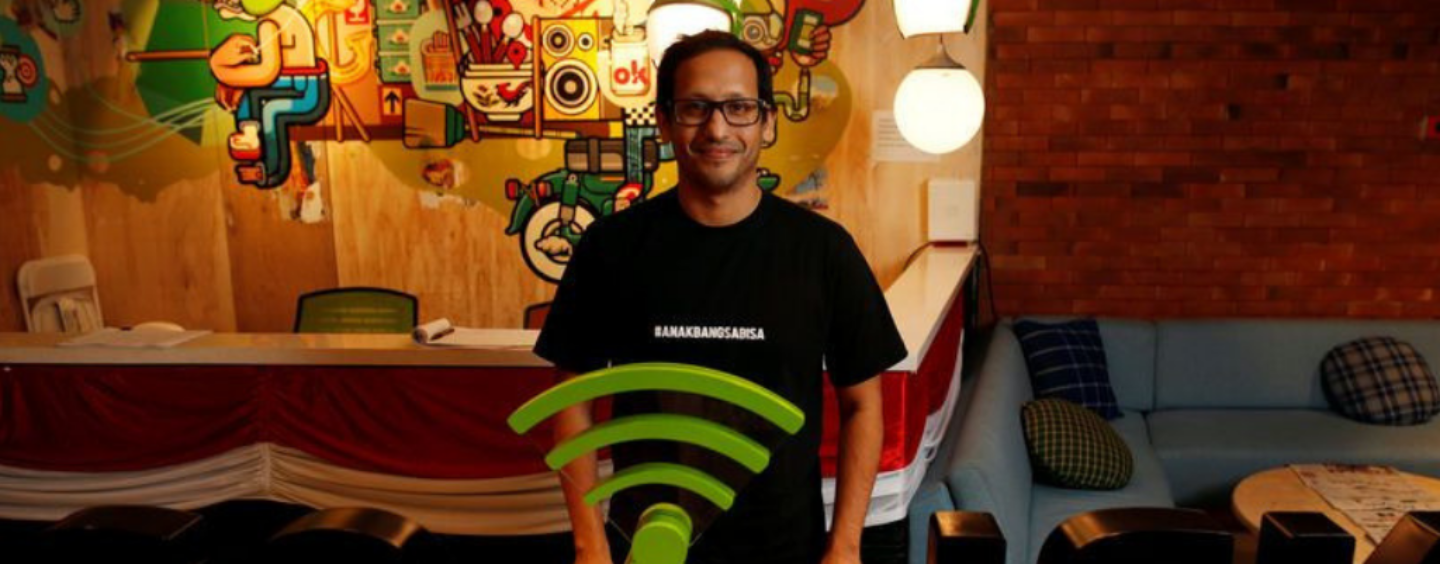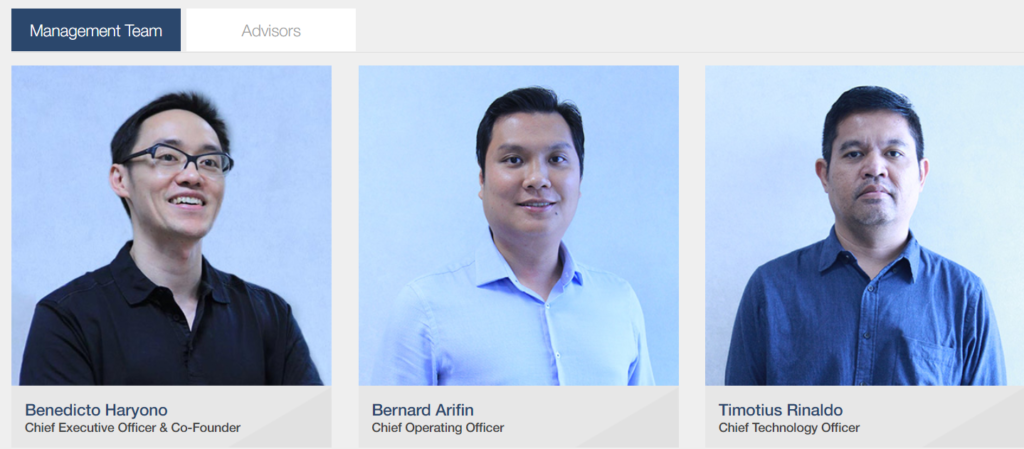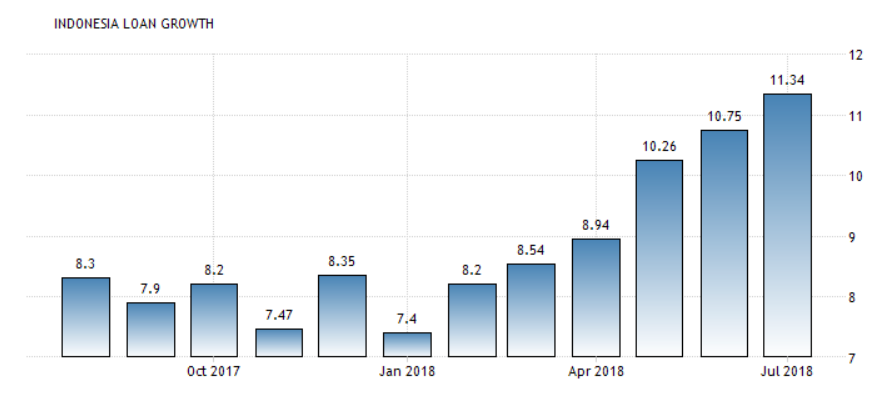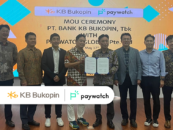
Why Go-Jek Got Its Eye (and Business) on Peer-To-Peer Lending in Indonesia
by Fintech News Indonesia September 6, 2018Go-Jek, Indonesia’s unicorn darling just announced that they will be partnering with peer-to-peer (P2P) lending firms Findaya, Dana Cita and Aktivaku.to which marks them as yet another ride-hailing giant dabbling in financial services.
The company’s decision to join the lending scene is a strategic one for the Indonesian market, as the nation is fertile ground thanks to huge swaths of unbanked communities. The government has made huge strides towards financial inclusion in the nation, but this was a relatively recent development.
Back in 2011, only 20% of Indonesian adults had a bank account, which precluded them from being able to access financial services due to a lack of financial history with banks—even among those who had the means to pay the loans back. Meanwhile, Indonesians in poverty are unable to secure loans to carry them out of their situation and are stuck in a cycle of poverty.
This was the environment that cultivated the P2P businesses in Indonesia, and helped them flourish. Today, alternative lending amounts to US$27.5 million in 2018.
The lending platform Modalku proves the value in this scene as they record the largest funding round raised by a P2P lending platform in Southeast Asia, with US$ 25 Million raised led by Softbank Ventures.
The Indonesian Landscape

A full breakdown can be found in our Indonesian Fintech Report.
With a real need and a landscape rife with opportunities, we counted at least 40 players specifically dabbling in the P2P lending space. While there are a plethora of fraudulent players complicating the fray, the services are nevertheless seen in a positive light by the Indonesian people.
The popularity of P2P lending platforms lie in its efficiency—quite a few of these platforms are able to do credit screening more quickly than banks can, and offers lower interest as well. Another key appeal in P2P lending is the ability to receive even small loans. Companies like KoinWorks comes to mind, allowing loans at a minimum of 100,000 rupiahs.
There is often no need for collateral, and documents can be submitted ay time, instead of being subject to a bank’s office hours.
It is worth noting that analysts have warned that a more accurate credit assessment process should be developed if the industry is to progress, and it does seem likely that companies without this infrastructure will develop it as the scene matures.
The P2P lending scene is also attractive to lenders who are able to collect on interests incurred and grow their own wealth as the majority of lending platforms shoulder the risk.

Image Credit: Convergence Ventures
Regulations
P2P lending services hit the nation by storm only 2 years ago, which marks the scene as a very nascent one. As such, the regulations on P2P lending are still relatively lax.
That being said, both the sheer volume and popularity of these platforms have driven OJK, the Financial Services Authority of Indonesia to establish a regulatory sandbox specifically for online lending services—which in a way, heralds the P2P lending industry in Indonesia as a cut beyond any other fintech.
After all, it is a win-win situation for the government. Many of those who borrow from these platforms use the seed money to run micro and SME businesses, which helps drive the economy.
OJK issued regulations that in part, requires P2P lending providers to apply for a permit. The regulator also stipulated that startups need to have at least $200,000 in capital to be approved for an operating license, and can only issue a maximum loan of $150,000.
Allowing for potential users to check for a licence could help cut through the scammy lending firms operating in Indonesia, and there are a lot of them. OJK has discovered at least 227 illegal online lending startups.
But this regulation should only be the beginning of OJK’s role into P2P lending, and does not provide a holistic solution to both cultivate and regulate the scene yet. Perhaps even the regulators themselves are purposefully being permissive to P2P lending startups to help them flourish.
What Will Happen When Indonesians Are Already Financially Included?
In Indonesia’s efforts to match up with the cashless trend gripping the word, the country’s financial inclusion grows rapidly—in fact, World Bank characterises Indonesia as the nation that makes the most progress in helping its unbanked populations among East Asia and the Pacific.
The 20% of banked adults in 2011 grew to 49% in 2017, and while the number is still lower than the global average, the nation is catching up fast.
For now, P2P lending businesses serve as a crucial stopgap that enables Indonesians to access lending while the government ramps up efforts to grow financial inclusion, but we can’t help wondering—once more adults develop a financial history through banking, will that spell the end for P2P lending?
We think that this will all depend on two important factors:
- Do P2P lending firms offer more value beyond just borrowing money?
- Can banks quickly innovate and upgrade their lending infrastructure to outpace fintech P2P lending firms?
Lending is still considered a fresh-faced sub-industry in the nation, which means that they are more agile and able to rapidly change their business model or strike strategic partnerships at the drop of a hat.
But things may not shake out into an either-or situation either.
Joining Forces with Banks
Fintech trends across the globe showcase previously agile and competitive fintech organisations eventually joining forces with the very banks they once attempted to disrupt. This usually happens when banks, attempting to innovate, realise that it is better to pull in already mature service instead of having to start their own inferior version from scratch. Meanwhile, fintech firms are enticed by a large pool of funds to dip into, and the opportunity to access corporate-level business opportunities.
Amartha, a P2P lending firm which started out as a group lending institution, already cooperates with the Central Bank of Indonesia (BNI) and could be one of the trendsetters paving the way for coalescence.
Or Indonesia Could Develop Its Own Lending Giant

Reynold Wijaya of Modalku (Image Credit: The Jakarta Post)
Many situations that lead to convergence of banks and fintech happen in nations where banks hold a significant presence over the populace. So considering the relatively low banked populations, and a newly-formed clientele that lacks financial history, it’s possible that fintech services could outpace banks in the lending department.
China’s entire financial institution changed gears when e-wallets gained dominance in the nation, raising companies like Tencent and Alibaba into giants and in a perfect position to take advantage of the Belt and Silk Road Initative rolled out by the Chinese government.
In a similar vein, there is also the possibility of an Indonesian company rising up to become a fintech giant in Indonesia.
To this end, if we go by the precedent set by China, then Go-Jek is in a decent position to fill this role in Indonesia. Both Alibaba and WeChat started out in e-commerce and instant messaging respectively, before diversifying into wallets and striking gold.
Since lending is a different beast compared to e-cash though, this doesn’t preclude existing players like the highly-funded Modalku to rise to dominance regardless of their lack of diversification in services, simply due to experience and an existing clientele.
Featured Image via Go-Jek











